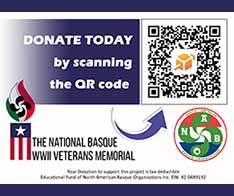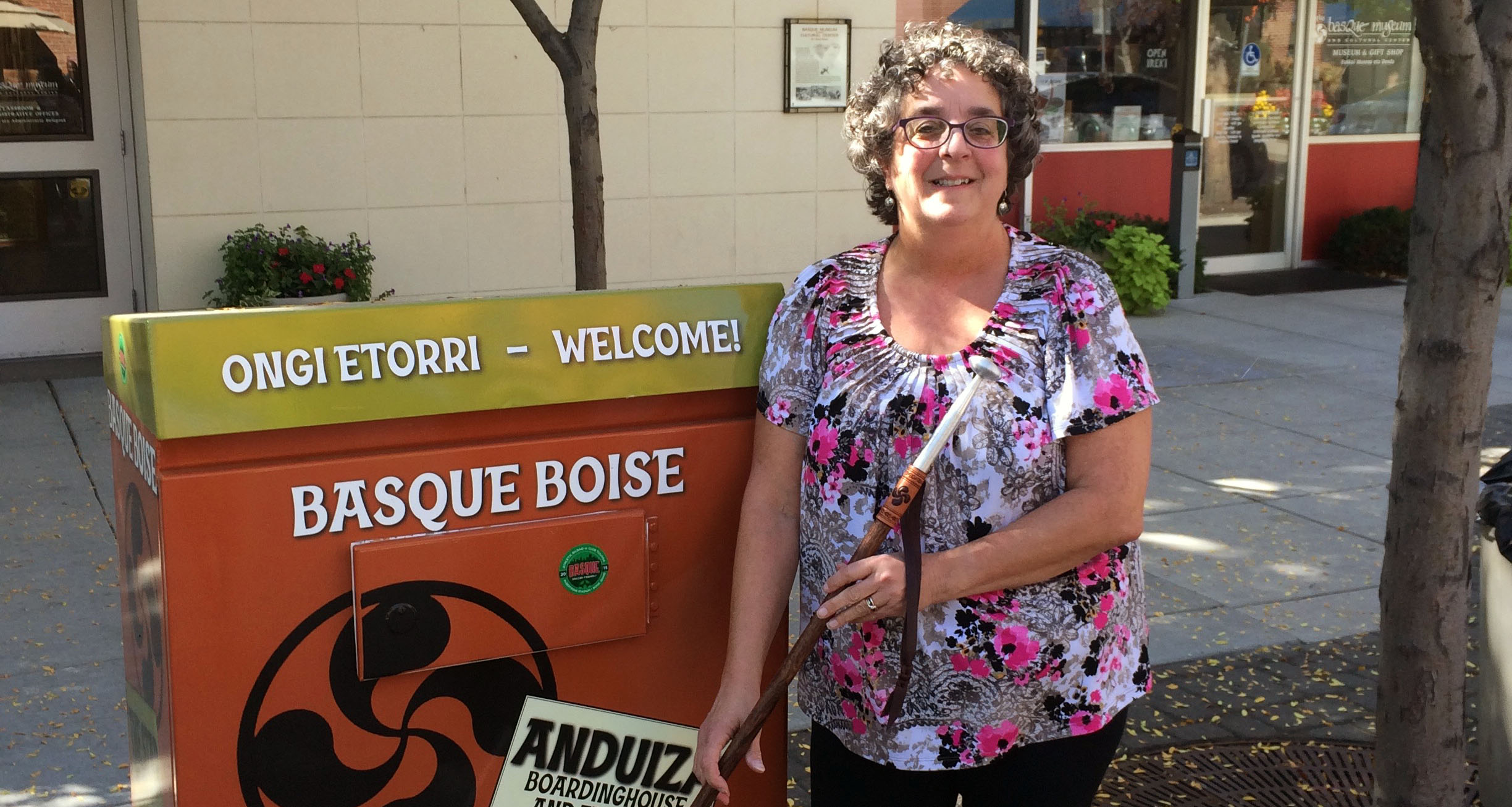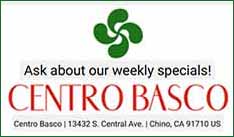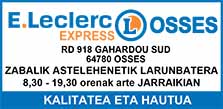Boise, ID. Born in Calson City, Nevada, in 1957, Laxalt has conducted wholesome research as the final project of the Master of Applied Historical Research, at Boise State University. With roots in the northern part of the Basque Country –in Lapurdi and Lower Navarre specifically−, the author is also the niece of former Nevada Governor Paul Laxalt and of the prolific Basque-American fiction writer Robert Laxalt. Her committee was formed by John Bieter, John Ysursa, and Jill Gill.
‘Lekuak’ shows the importance for any kind of group, be it ethnic, linguistic, or religious, to have a physical presence.
-That’s exactly what I think. I’m a third generation Basque, I grew up in the West, and when I go to my grandparents’ places (in the Basque Country), I have the feeling that I’ve been there before. I also feel that when I’m in Boise, but why don’t I feel that in Nevada?
There are Basque areas in Nevada, too.
-Yes, there are restaurants, for example. But there are no gathering places, and that’s very important, no matter if you are  Basque, or Irish, or whatever. A group needs more than just places from different generations. In Boise, the Museum, the Cyrus Jacobs-Uberuaga house, the Basque Center… Everything is in the Basque Block. And that’s a gathering place. And the most important (thing) is that non-Basque people also go there, and that validates the place.
Basque, or Irish, or whatever. A group needs more than just places from different generations. In Boise, the Museum, the Cyrus Jacobs-Uberuaga house, the Basque Center… Everything is in the Basque Block. And that’s a gathering place. And the most important (thing) is that non-Basque people also go there, and that validates the place.
In the thesis, you mark three different phases in the Basque migration to Boise: ‘Amerikanuak’ (late 1800s-1920s), ‘Tartekoak’ (‘in between,’ 1930s-1950s), and ‘Egungoak’ (‘today’s generation’). In most migration cases, the third group tries to recuperate what was about to be lost in the second group. Was that the case with the Basques too?
-My father, for instance, wasn’t allowed to speak Euskara, he and his siblings had to speak English. My grandparents did speak Euskara and French, but just between them. And my father realized he was losing his heritage. So, in this case, my father’s generation tried to rescue that for us. I sometimes feel bad for the tartekoak because they got caught in the middle, they were half way. But, because of their efforts, now we have and absolute validation of the identity.
It’s hard to imagine that Boise was once a place with no Basque trace at all. How does a group start enrooting itself? What were the ‘essentials’ for those immigrants?
-The most important was to have one another. That was essential. And you see that in other cultures too, like in the Chinese culture, for example, they also had each other. And to facilitate the relationships the Amerikanuak built the boarding houses where they would gather, eat their food, speak their language, have economic help… But in comparison with Nevada, where there is more diversity from homeland, people came from different areas, in Boise almost 90% came from Bizkaia. And that also helps, people knew each other.
You mentioned the Chinese immigrants who, most probably, had less cultural characteristics in common with the Americans than the Basques did. Most Basques were Catholics, like many Americans. Was the church used as a gathering, cross-cultural place?
-That’s a very good point. Religion helped them being accepted, also because Basques were white Europeans, not Asian, not African-American, and they had the same religion. But the language created an issue. That’s why the boarding houses were the number one place. In any case, we cannot forget that the Amerikanuak had to get the jobs that Americans didn’t want to, like labor jobs, sheep herding, domestic jobs… At the beginning they were discriminated against. They had to prove they were hard working people and that they were not going to get the money and leave. When they proved they were going to stay they started being respected.
Then the Basque Center arrived, which, to some extent, includes all the previous places, right?
-Yes and no. The Basque Center arrives at a time in which the Basques didn’t have as many gathering places as before. There was no fronton anymore, there were no places. Sheep camps started going away, families dispersed and started having individual places. They also started using American names. And then, WWII separated the Basques even more, for political reasons. The Basque Center doesn’t come along until 1949, when Juanita Jay Hormaechea says that kids need to learn how to dance and that they need a place to gather. She invigorated the tartekoak about their cultural heritage. And so did Joe Eiguren, who taught Euskara. So they kind of went back to the Amerikanuak, but adding a bar to the Center, something very American that would also bring money and help with sustainability. Also the Sheepherders Ball introduced Basqueness to Americans, but realizing that they had to stay together and that they needed this place.
Among other things, one the biggest achievements of the ‘Egungoak’ is Jaialdi. Thanks to it, Boise has become a pilgrimage for many Basques around the world. Did the Basque-Boiseans have a reference to create what they have today?
-Boise was the perfect storm, the perfect converging of several things. A very motivated group of Basques that, also, were from the same province, a small geographic place. They also had money from the city and powerful and smart people around. Like Adelia Garro Simplot and Rich Hormaechea, for example, who were responsible for purchasing and preserving historic buildings on what is today the Basque Block. That was very visionary. Adelia began this process of acquiring buildings, and when she bought the Cyrus Jacobs-Uberuaga house it was falling apart. She knew the importance of having places. Also other Basques and even non-Basque people thought all this was really worth it. Everybody thought it was part of the city’s identity.
The Internet has changed the world completely. Do you think the ‘Gerokoak,’ the next generation, will still need to have physical gathering places?
-That’s a good question, because the digital generation is already very connected. I think it might be a hybrid, but physical places will always be important. They are at the core of human relationships. The digital connects you and makes you persistent through time, but physical places give people connections, the same way an interview is better face to face than over the phone, because you can see my eyes and I can touch your hand. Language makes places stronger. It’s one of the strongest symbols Basques have had for centuries, and still have it. That’s why, in January, I’m going to start taking Euskara classes.






 Basque, or Irish, or whatever. A group needs more than just places from different generations. In Boise, the
Basque, or Irish, or whatever. A group needs more than just places from different generations. In Boise, the 
 Send to a friend
Send to a friend Add comment
Add comment








